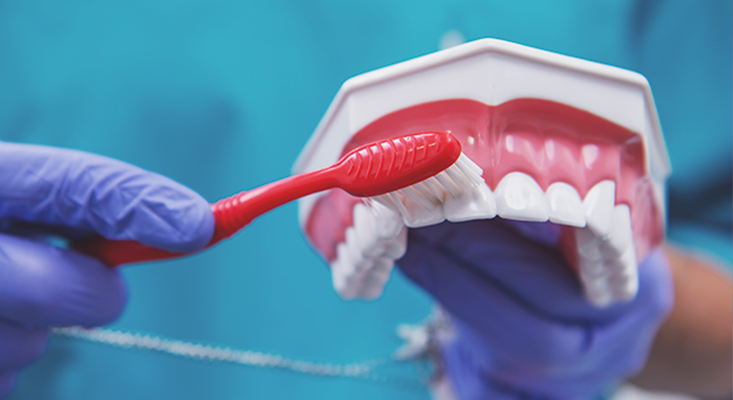
Maintaining excellent oral hygiene requires more than daily brushing and flossing. Professional dental cleaning procedures, such as teeth cleaning and deep teeth cleaning (also known as scaling and root planing), are essential for preserving both the health of your teeth and gums. However, many patients confuse standard teeth cleaning with deep cleaning, not knowing that these two procedures address very different oral health needs. At LHC Clinic, we provide both treatments, carefully assessing each patient’s condition to recommend the most appropriate approach. In this article, we'll clarify the key differences between standard teeth cleaning and deep teeth cleaning, explain when each is necessary, and outline the benefits of professional cleaning for a healthier smile. Purpose Procedure Steps Recommended Frequency Purpose Procedure Steps Recommended Frequency Q: How do I know if I need deep cleaning instead of regular cleaning? Q: Is deep cleaning painful? Q: Can deep cleaning reverse gum disease? Understanding the difference between standard teeth cleaning and deep teeth cleaning is crucial for maintaining your oral and overall health. At LHC Clinic, we provide personalized preventive care and advanced periodontal treatments, ensuring your teeth and gums remain healthy and beautiful. Whether you need routine cleaning or a more intensive periodontal approach, our expert team is here to support you every step of the way. If you are unsure which type of cleaning you need, book a professional dental assessment at LHC Clinic, and let's protect your smile together.Teeth Cleaning vs. Deep Teeth Cleaning: What’s the Difference?
What is Standard Teeth Cleaning?
Standard teeth cleaning, or prophylaxis, is a preventive procedure performed on patients with healthy gums and minimal plaque or tartar buildup. It focuses on:
What is Deep Teeth Cleaning?
Deep cleaning, or scaling and root planing, is a therapeutic treatment for patients with gum disease (periodontitis) or significant tartar buildup below the gum line. It focuses on:
Key Differences Between Teeth Cleaning and Deep Cleaning
Benefits of Professional Cleaning at LHC Clinic
Frequently Asked Questions
A: Patients with bleeding gums, bad breath, gum recession, loose teeth, or deep gum pockets (over 4mm) are likely to need deep cleaning. At LHC Clinic, we assess your gum health and recommend the right procedure.
A: Deep cleaning is performed under local anesthesia, ensuring comfort during the procedure. Some mild sensitivity or discomfort might occur afterward, but it typically resolves within a few days.
A: While deep cleaning cannot fully reverse advanced periodontitis, it is effective at halting its progression, promoting gum healing, and preventing further damage.
-
 Countries Sending Dental Tourists to Turkey the Most in 2025
Countries Sending Dental Tourists to Turkey the Most in 2025<!-- Premium Section: Turkey as a Top Dental Tourism Destination --> <section... Click for details
-
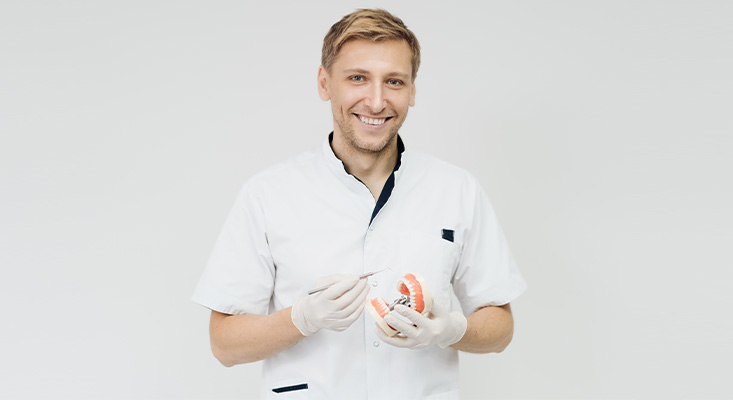 Why Turkey Has Become a Top Destination for Dental Treatments
Why Turkey Has Become a Top Destination for Dental Treatments<style> .premium-section { font-family: 'Inter', sans-serif; background:... Click for details
-
 Smile Makeover in Turkey: What to Expect at LHC Clinic
Smile Makeover in Turkey: What to Expect at LHC Clinic<style> .premium-section { font-family: 'Inter', sans-serif; background:... Click for details
-
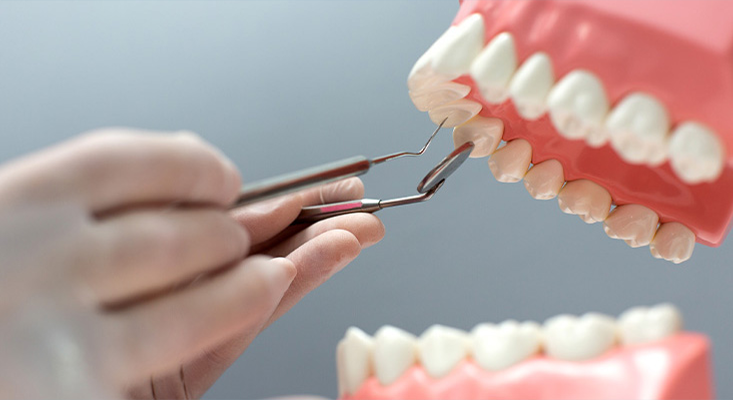 Tooth Extraction vs. Surgical Tooth Extraction: What Patients Should Know
Tooth Extraction vs. Surgical Tooth Extraction: What Patients Should Know<!-- Premium Section: Tooth Extraction at LHC Clinic --> <section class="... Click for details
-
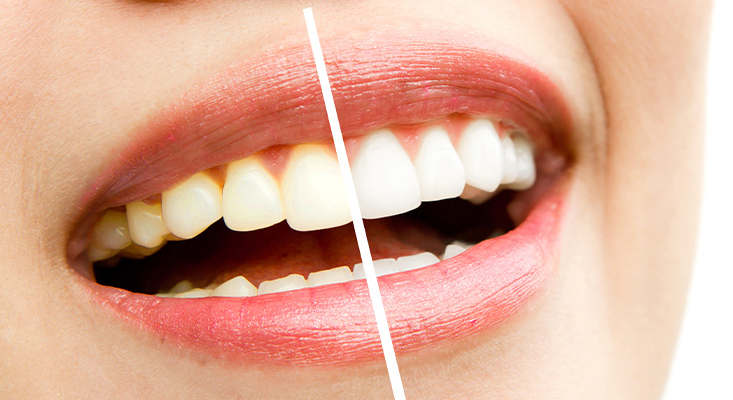 Teeth Whitening: Safe, Effective, and Long-Lasting Solutions at LHC Clinic
Teeth Whitening: Safe, Effective, and Long-Lasting Solutions at LHC Clinic<style> .premium-section { font-family: 'Inter', sans-serif; background:... Click for details
-
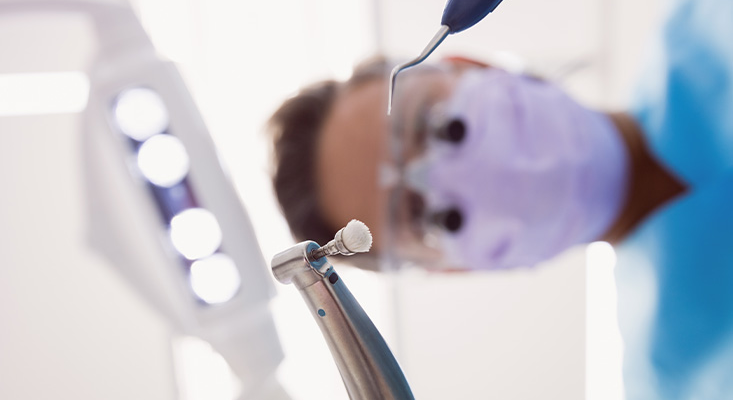 Dental Curettage: How It Saves Your Gums from Periodontal Disease
Dental Curettage: How It Saves Your Gums from Periodontal Disease<style> .premium-section { font-family: 'Inter', sans-serif; background:... Click for details
-
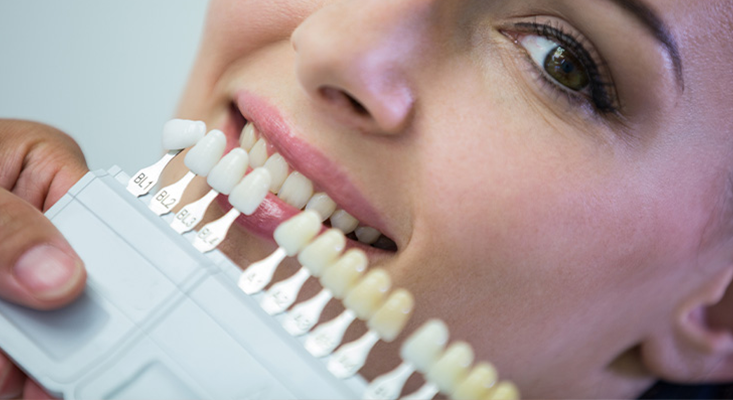 Zirconium Crowns (Zirconia): The Future of Natural-Looking, Long-Lasting Dental Restorations
Zirconium Crowns (Zirconia): The Future of Natural-Looking, Long-Lasting Dental Restorations<style> .premium-section { font-family: 'Inter', sans-serif; background:... Click for details
-
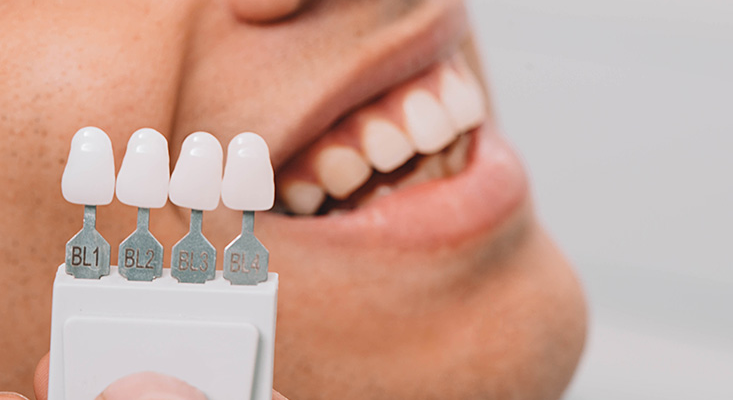 Porcelain Crowns: When Is This Classic Option Still the Best Choice?
Porcelain Crowns: When Is This Classic Option Still the Best Choice?<style> .premium-section { font-family: 'Inter', sans-serif; background:... Click for details
-
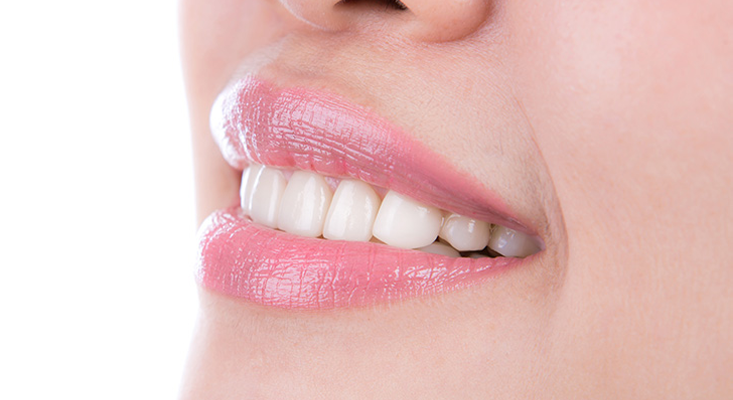 Lamine E-Max Veneer: The Premium Choice for Perfect Smile Makeovers
Lamine E-Max Veneer: The Premium Choice for Perfect Smile Makeovers<style> .premium-section { font-family: 'Inter', sans-serif; background:... Click for details
-
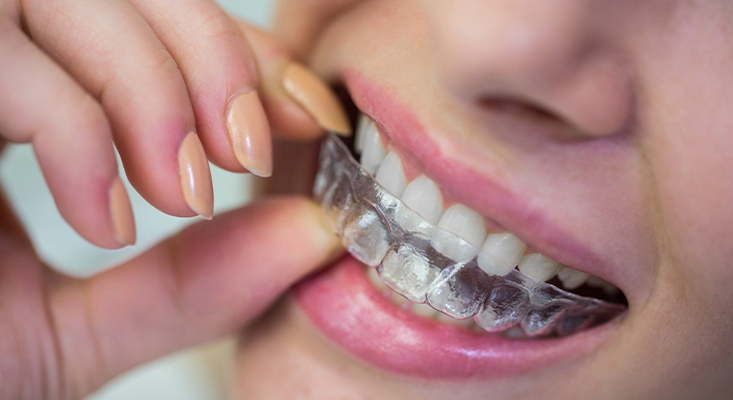 Night Guard (Soft and Hard Types): Protect Your Smile from Unseen Damage
Night Guard (Soft and Hard Types): Protect Your Smile from Unseen Damage<section class="premium-section"> <style> .premium-section { font... Click for details
